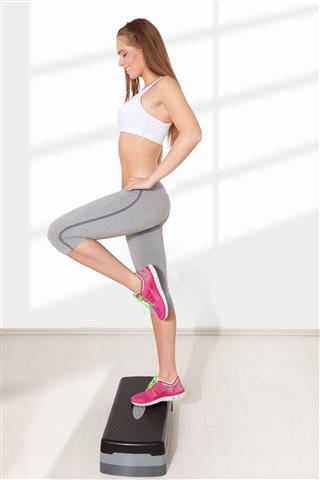
Know the different symptoms of juvenile diabetes and what they imply. While there is no cure for this condition as yet, there are some ways by which you can manage it.
Diabetes is a chronic metabolic state, wherein the body is unable to break down glucose (sugar) and store it properly. This, in turn, results in the glucose remaining in the person’s bloodstream, and eventually leading to several complications. Basically, there are two types of diabetes: Type 1 diabetes (also called juvenile diabetes or insulin-dependent diabetes) and Type 2 diabetes.
Type 1 Diabetes (a.k.a. Juvenile Diabetes)
Type 1 Diabetes is also referred to as juvenile diabetes as it is usually diagnosed in children. It’s an auto-immune disorder, wherein the person’s own body attacks the insulin-producing beta cells in the pancreas and destroys them. The resultant deficiency of insulin secretion in the pancreas leads to high blood glucose level. As the pancreas produce less or no insulin, or the cells do not respond normally to the insulin, the quantity of sugar in the blood increases. This then becomes part of the urine and is output from the body in an unused condition. If such a condition lasts for a long period, then major complications regarding kidneys, heart, eyes, and nerves may develop.
Symptoms to Look Out For
- Hunger: As glucose does not reach the body cells, the body is not fed. So, there is a constant feeling of hunger.
- Frequent urination: As the level of glucose in the blood rises, the kidneys try to filter out the extraneous sugar in the blood, and therefore, the person has a constant urge to pass urine.
- Thirst: Increase in urination, means that water is getting depleted from the body. So, the person feels thirsty.
- Weight loss: As the body’s requirement of glucose are not fulfilled, it eventually results in weight loss.
- Fatigue
- Flu-like symptoms
- Fruity breath odor
- Bedwetting
- Confusion
- Numbness or tingling in the hands or feet
- Heavy or labored breathing
- Drowsiness or lethargy
How to Manage Juvenile Diabetes?
Insulin: Insulin is either injected using a syringe or an infusion pump. You can’t take it orally, as it will be destroyed in the stomach. The preparation of insulin that is chosen will determine how long it will take to show its effect or how long it will last. At times, more than one type of insulin will be mixed to form a dose, so as to have the best control of blood glucose. Insulin injections will be administered 1 to 4 times a day. If your child is suffering from juvenile diabetes, the health care provider or diabetes nurse educator will teach you how to give insulin injections to the child.
Diet: In order to ensure that the blood glucose level is regulated, you will have to plan your meals in such a way that there is consistency between the food and insulin. If there is an imbalance between the two, it will result in extreme variations in blood glucose levels. The American Diabetes Association and the Academy of Nutrition and Dietetics provides healthy and balanced meals for people with diabetes. You can also consult a registered dietitian or nutrition counselor for the same.
Exercise: This is of prime importance as it doesn’t just control the amount of sugar in the blood, but also burns excess calories and fat, thus, helping a person achieve ideal weight. However, medical approval must be procured before starting an exercise program. The doctor might recommend some precautionary measures that you will have to take before, during, and after physical exercise.
Self-monitoring: It can be done by checking the glucose content of a tiny drop of blood. You will be able to analyze how insulin injections, diet, and physical exercise are working. If required, you will be able to alter these three to obtain the desired level. Additionally, it also helps in keeping a watch on how the condition is progressing.
It may so happen that due to insulin injections, diet, and physical exercise the person may develop hypoglycemia, i.e., the blood sugar levels may become very low. This will cause sweating, weakness, nervousness, and hunger. When any of these symptoms show up, you will have to test the blood sugar levels using a test kit. If found low, you can consume juice, a cup of skimmed milk, or regular soda and the blood sugar level will be back to the normal.








